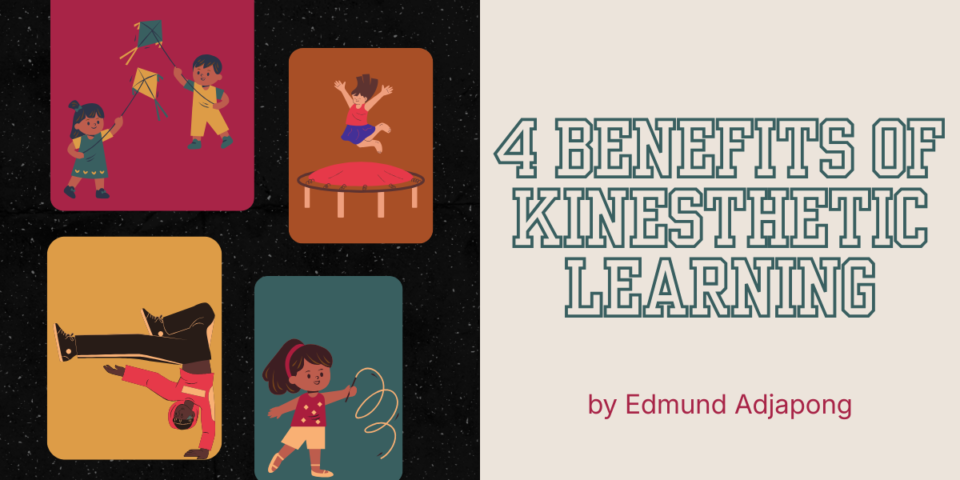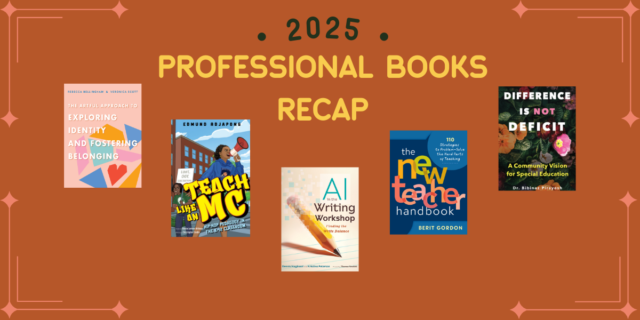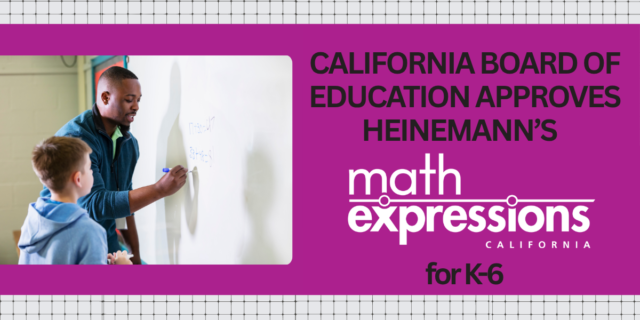
The following is adapted from Teach Like an MC by Edmund Adjapong.
Kinesthetic learners like to move around, physically create, and touch things. Kinesthetic learners prefer learning achieved through experience and practice. In other words, the kinesthetic learner has to physically feel or live the experience in order to learn it (Murphy et al. 2004).
There has been a lot of debate in the field of education about the validity and usefulness of learning style theory. While scholars theorize that individuals have distinct learning styles—such as visual, auditory, or kinesthetic—that determine the most effective way they can learn, there is no empirical evidence that supports the effectiveness of learning styles in improving learning outcomes (Pashler 2008). Rather than assuming that students learn most effectively through one learning style, I argue that educators should incorporate all learning styles within their practice because we are all visual, aural, and kinesthetic learners and we all benefit from a mixture of those types of instruction/learning.
When designing lessons, it’s important to recognize that students have different strengths and learning preferences. Our responsibility as teachers is to use a variety of strategies to support students in being successful in the learning process. Designing instruction that supports kinesthetic intelligence creates opportunities for students to engage with the material in ways that align with their strengths and references, providing comfort and accessibility at different stages of the learning experience. The following are benefits that all students can reap through kinesthetic learning:
- Improved Memory and Brain Function—Engaging in physical activity and movement increases blood flow throughout the body, including to the brain. This increased circulation delivers more oxygen and nutrients to brain cells, which is crucial for optimal brain function. Further, the movement stimulates the release of various neurochemicals, such as endorphins and dopamine, which are known to aid in cognitive functions, including memory. Movement is also linked to increased neuroplasticity, the brain’s ability to form new neural connections (Hötting and Röder 2013), which is fundamental to learning (Hammond 2014). Engaging in physical activity and movement while learning can support and improve the memory and brain function of students.
- Increases Focus and Attention—Learning new material requires a significant amount of executive functioning in terms of attention and concentration. Schools often follow models of “bell-to-bell instruction,” which assumes that students are engaging in high cognitive demand for the entirety of the class period, from the success starter (or do now) to the exit ticket. The challenge with this is that the expectation for learning through every period of the day allows little time for students to take brain breaks. Sustaining attention over long periods of time is challenging. Creating opportunities for students to engage in movement within the classroom can be invigorating, leading to increased focus and attention, which can, in turn, aid in content knowledge acquisition.
- Physical Health Benefits—Physical and mental health are interconnected and are key facets of our overall well-being. A healthy body provides a solid foundation for a strong and healthy mind. Physical health directly affects brain health. Adequate nutrition, exercise, and sleep, which are pillars of physical health, play crucial roles in cognitive functions, including memory, attention, and problem-solving. Practicing exercise and engaging in physical activity within school spaces can model the importance of physical and mental health for students, as well as highlight that good physical health is ideal for learning. It is important to note that teachers are not physicians, nutritionists, or other health professionals (unless you also happen to be). It is not your responsibility to diagnose or “treat” health conditions. However, you can support students to develop habits that lead to good health.
- Stress Reduction—Students bring stress from their personal lives into the classroom as well as the stress that is created from educational pursuits. Stress activates the body’s fight or flight response, which in high-stress situations can be detrimental when prolonged. Regular stress can ultimately impair students’ brain function, particularly in areas related to memory and focus (Córdova et al. 2023). While students experience stress on a daily basis, it is important to support them in developing stress management skills through metacognition. Instead of solely focusing on reducing stress for students, we should focus on supporting students in building resilience by guiding them through stress-recovery cycles and teaching them to recognize and manage stress independently. You can discuss stress regularly during class or during check-ins with students. You can also encourage students to reflect on their stress levels and recognize the signs of stress in themselves. This can be done through journaling, class discussions, or quick check-ins. By guiding students on how to recognize and address stress regularly, you empower them to develop the awareness and skills needed to manage stress in various contexts. Constant experiences and the lack of proper stress management can lead to the overproduction of stress hormones like cortisol, which can negatively affect brain functioning, including neural growth and synaptic regulation (Yaribeygi et al. 2017).
Hip-Hop and Kinesthetic Learning
In any culture, there is a performance aspect where people communicate through dance. The haka, ceremonial dances of the Māori people from New Zealand, include forms that are done before battle (like war or a sports match) as well as forms performed at celebratory events such as weddings. Many indigenous African tribes have dances that serve many social purposes, such as communicating with their gods to ask for rain (rain dance) before the harvest, to prepare for war, and to welcome a newborn baby into the world. In China, performing the dragon dance during festivals and celebrations is known to drive away evil spirits and usher in good luck and blessings for the community.
Through breakdancing and contemporary hip-hop dance, youth learn and create ways to manipulate their body to experience joy and liberation. A hip-hop pedagogue finds ways to deliver instruction through physical activities, hands-on learning, acting out, and role playing (Lane 2008). Engaging in kinesthetic learning allows students to embody concepts through the manipulation of both objects and their bodies alike.


